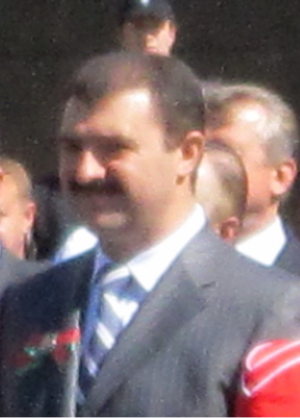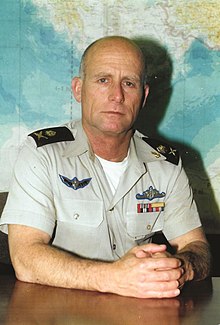Rupert Hamer
#60586 Most Popular
1916
1921
1935
1936
1940
1944
1948
1956
1958
1962
1964
1970
1972
1973
1974
1976
1977
1979















